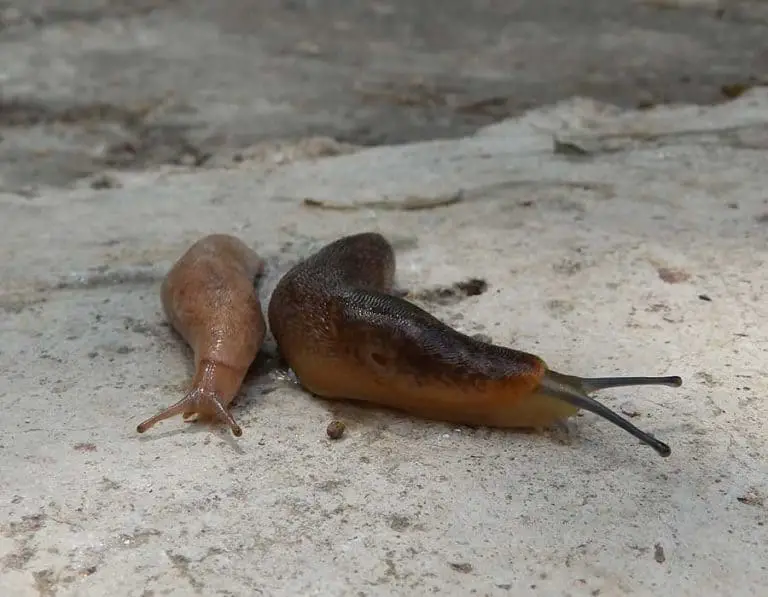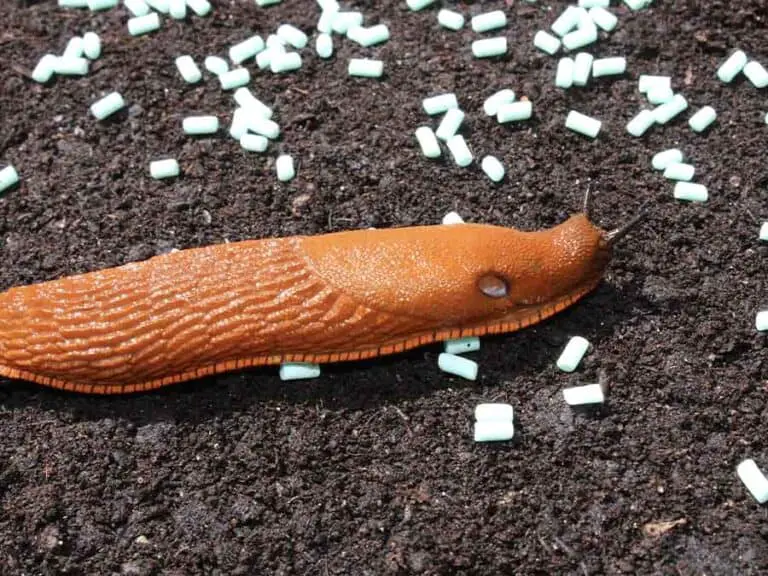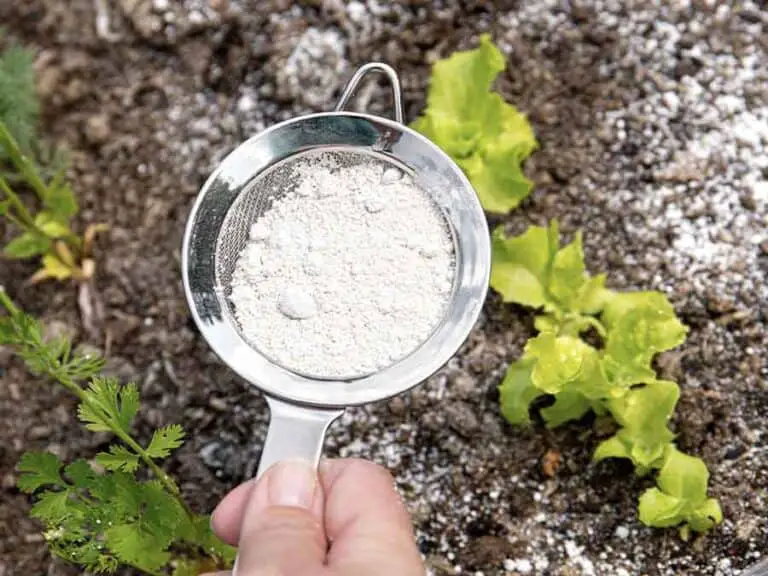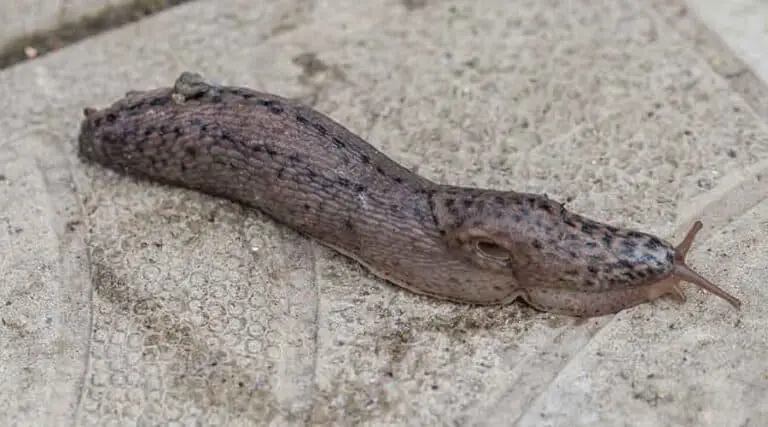Do Slugs Have Bones?
The short answer is no, slugs do not have bones. They are mollusks, which means they have a soft body made of a flexible material called “mantle” that contains no bony skeleton.
Instead of having bones, their bodies are supported by a system of cartilaginous plates and fibers. This allows them to move in a wide range of directions, as well as stretch and contract their bodies if necessary.
What Exactly Are Slugs?
Slugs are fascinating animals with a variety of intriguing traits. Since they are mollusks, they are connected to other invertebrates like snails and clams.
On their heads, slugs have two sets of retractable tentacles. Light-sensitive eyespots are located on the ends of the top pair, which is known as the optical tentacles.
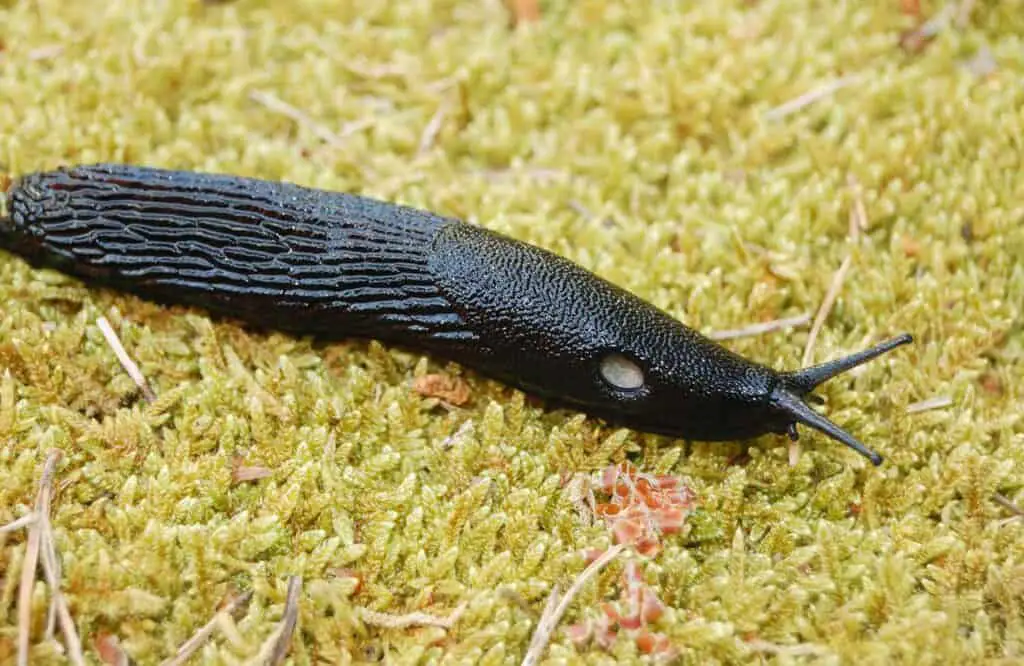
Taste and smell are sensed by the lower set of tentacles. Even though slugs lack bones, their bodies are formed of muscle and connective tissue, which aids in their mobility.
Additionally lacking a skeleton, they rely on the slickness of their body to allow them to move across surfaces. They require dark, moist environments because they can easily dried out. Slugs may explore their environment by leaving slime trails behind them as they travel.
Do Slugs Have a Skeleton?
No, slugs do not have a skeleton or bones. Slugs are invertebrate animals, hence they lack bones.
Instead, they have a mantle that covers and safeguards their internal organs on top of their body. Slugs are mollusks, a class of creatures that lost their internal skeletons during evolution.
This indicates that they use their muscular foot to move and advance rather than their bones. Slugs can also navigate their environment thanks to tentacles on their heads that perceive their surroundings.
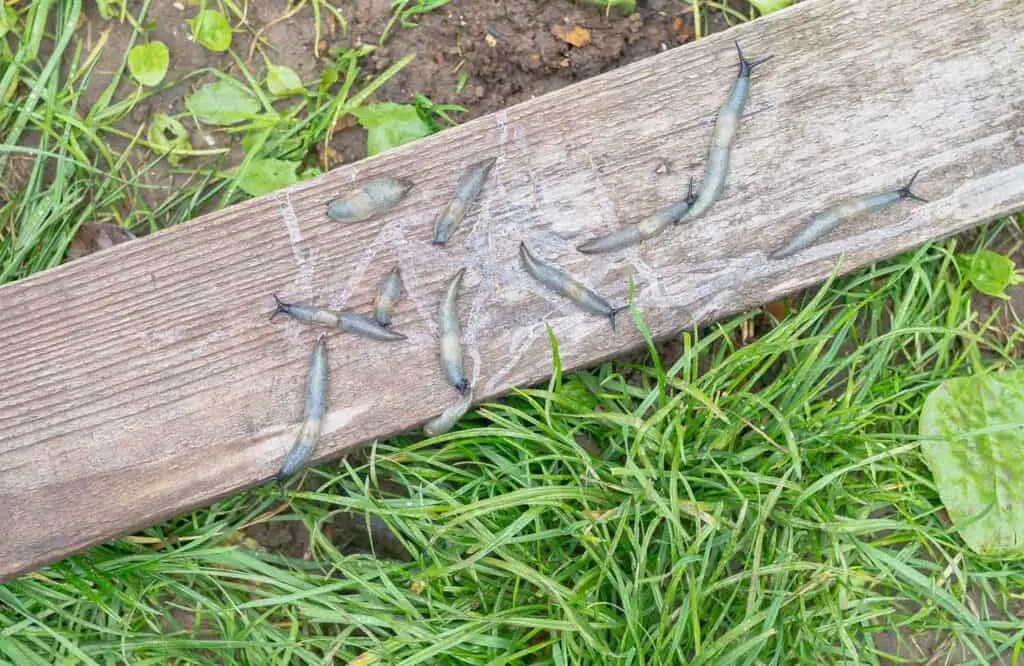
Slugs’ unusual anatomy has allowed them to use their bodily parts exceptionally effectively.
Their bodies are delicate, and a sticky mucous covering them helps to keep them moist and keeps them from drying out. Even though they lack skeletons, they do have lengthy tentacles on the tips of their heads that allow them to perceive their environment.
They also have shorter tentacles that point down towards their mouths and eyes on the tips of their tentacles. Slugs may drive themselves forward by flexing the muscles in their belly as they move around. Slugs may navigate back to their homes by leaving slime trails in their wake.
What Materials Make Up the Slug’s Body?
The majority of the slug’s body is made up of water, which protects them from desiccation. The mantle, a region of thicker flesh behind the slug’s head, guards its internal organs.
Despite lacking bones or a spinal column, slugs do have muscles that allow them to move around in their environment.
How Do Slugs Move?
Since slugs lack a skeletal system, many people have questioned how they can move. The answer is that they move across surfaces using a unique organ called a foot, which is made up of powerful muscles and a slimy mucus they secrete.
The tracks we frequently observe behind them are left by this slime. Slugs have a foot as well as two retractable tentacles that aid in their ability to perceive light and smell.
When mating, they can twist and wrap around their partners thanks to their slick bodies. All of this demonstrates how slugs can move around in the most amazing ways despite not having bones.
What Causes Slug Trails?
Slugs leave traces in their wake because, unlike other insects, they lack bones or a hard shell. This implies that they can leave their sticky trail behind by fitting through incredibly small holes and fissures.
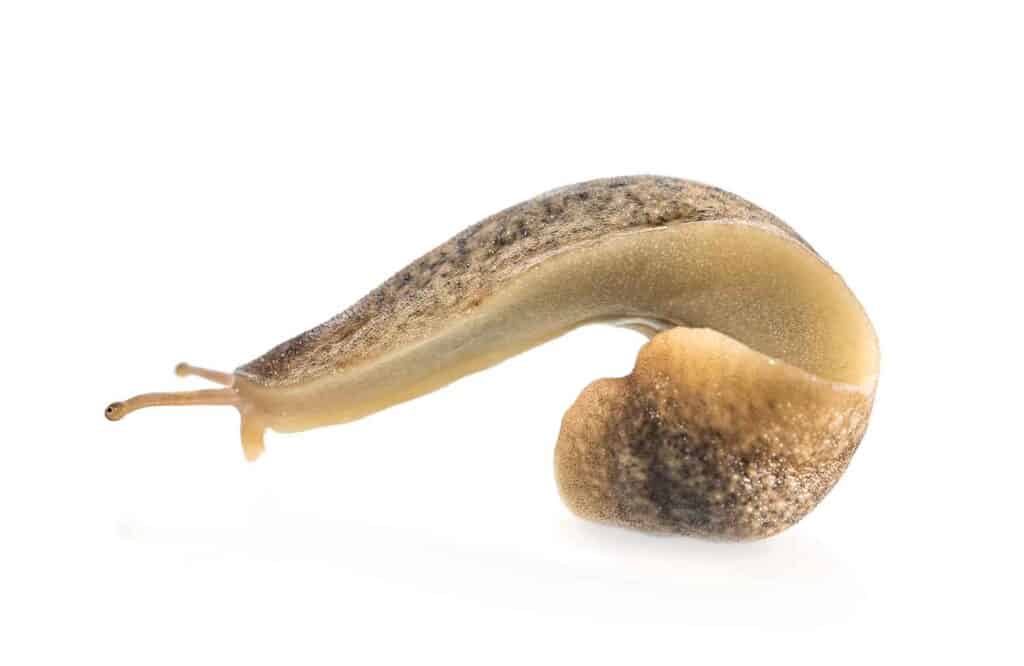
Slugs and snails move forward on damp surfaces by leaving a slime trail that resembles both glue and lubrication in certain ways. Slugs have a keen sense of smell as well, which makes it easier for them to locate food sources like pet food.
Other slugs can follow the chemicals that have been left on the track as a form of map.
Do Slugs Have Eyes and Ears?
On their heads, slugs and snails have two sets of retractable tentacles. Light-sensitive eyespots are located on the tips of the upper, optic tentacles.
The slugs can feel their surroundings thanks to these eyespots, which serve as their eyes. Additionally, they contain two statocysts, which are ears that are positioned at the base of each ocular tentacle and aid the slug in orienting itself in its surroundings.
Slugs and snails don’t have ears as humans do, yet they can nonetheless detect sound in other ways. They can feel vibrations from surrounding sources, such as footsteps or voices, which aids in their ability to find food and identify potential predators.
Are Slugs Intelligent?
Slugs may not have a spinal cord or a single brain, like many other invertebrates. Instead, they have a collection of ganglia (groups of neurons) that are in charge of managing the slug’s fundamental operations.
Numerous individual cells, also known as neurons, are attached to each ganglion. The slug uses these neurons to analyse information and regulate its movement.
However, slugs often use their brains to find food, avoid being eaten by predators, and reproduce. The pattern of nerves varies depending on the species. In addition, Aplysia californica, a sea slug, has a brain that is up to 20,000 times more sophisticated than that of a land slug.
Have Slugs Got Hearts?
Slugs don’t have traditional hearts, but they do have muscles that move the liquid inside of them, which is a fascinating observation.
The closest thing a slug has to a heart is this action. Slug blood, which is known as hemocyanin, differs from human blood in that it contains proteins that carry copper atoms rather than iron.
Slugs don’t have traditional hearts, but their bodies nonetheless employ their parts quite well.
Do Slugs Have Muscles?
Slugs use a specific organ called a radula, which is covered with hundreds of tiny structures like teeth, to scrape up food.
They may retract their foot into their shell using a big muscle on their body known as the retractor muscle. Slugs also have a number of additional muscles that enable them to move and maintain various positions with their bodies.
Additionally, they have two sets of retractable tentacles on their heads that they can utilise for sensing and contacting things. The slug’s mantle has several muscles that aid in movement as well as encasing and protecting the internal organs of the slug.
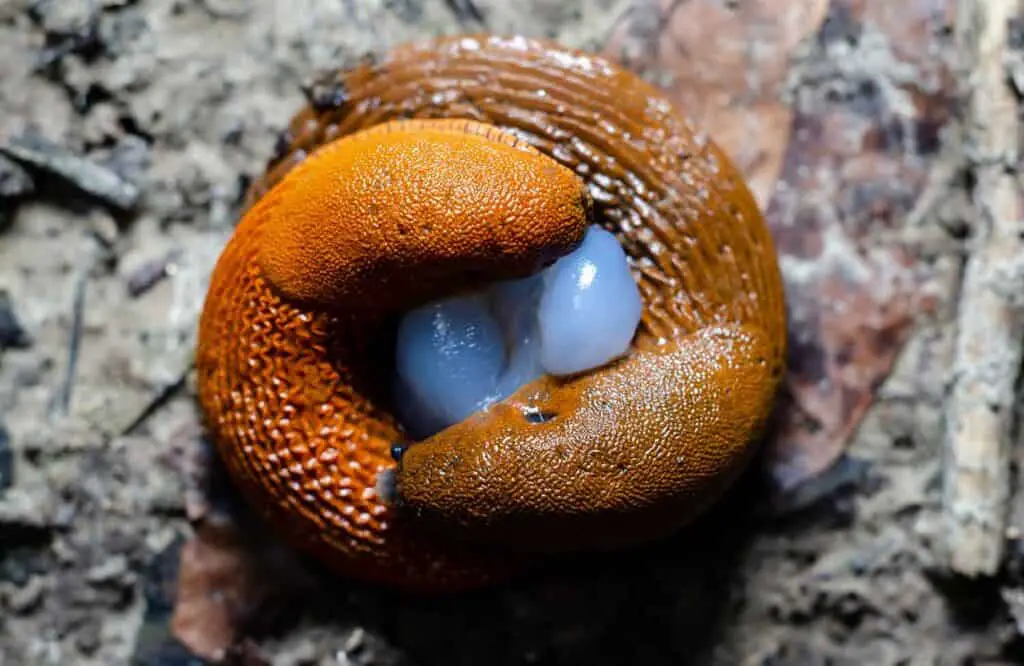
How Do Slugs Procreate?
Slugs reproduce in a peculiar way. As hermaphrodites, they possess both the male and female reproductive systems.
Two slugs that come into contact encircle one another and trade sperm. Up to 400–500 eggs per slug can be laid in a single year. Slugs can fertilise themselves if necessary, but they must mate with another slug in order to fertilise their eggs.
What Happens if You Squash a Slug?
If you squash a slug, its insides will be scattered around the area. The slime of the slug contains viruses and bacteria that can cause diseases in humans if it comes into contact with skin or eyes.
In addition, the smell of a squashed slug is very unpleasant and difficult to remove from your hands or shoes. It is best to avoid squashing slugs and instead, use more humane methods of removing them from your garden.

